Creating with resin is hugely rewarding but it does come with its challenges. It's a more technical medium to work with than most and it's a bit particular about you doing things right so that you get great results every time.
Here are my top 10 resin tips to get you started on your resin journey.
1. Get your Workspace Ready
2. Prepare your moulds beforehand
Once you've mixed your resin, the clock is ticking. And that goes for slow curing epoxy as well as quick curing polyurethane. You really want to pour that resin straight away. If you don't have your moulds prepared and you have to run off to get them, or clean them up, or spray them with mould release, you're wasting valuable working time.If you've chosen silicone moulds to pour your resin into, then make sure they're clean and free of dust. This article on "how to clean silicone moulds" is the easiest and most effective method I know of!
But if you're pouring into plastic moulds instead, it's essential that you spray them with mould release so it's easy to demould the resin castings once they're cured.
3. Measure the resin accurately
It's really important to measure out the resin and hardener accurately, in the ratio recommended by the manufacturer. If you're off-ratio with your measurements, you will have curing problems. If it says to measure by volume, then use cups with graduated measurements.If the instructions say to measure by weight, use a pocket digital scale with .01gram accuracy.
4. Follow the mixing instructions
Some resins are a bit vague with their mixing directions and just tell you to mix the two parts together until they're combined. But some give very specific mixing instructions and you should follow them to the letter. Each manufacturer uses a different formulation so follow the instructions they provide because that will give the best results with their resin. Partially mixed resin leaves sticky spots on your castings so make sure you mix it thoroughly.DOWNLOAD THE TOP 10 TIPS FOR SUCCESS WITH RESIN CHEAT SHEET
5. Avoid Bubbles by mixing resin slowly
Mix the resin slowly. If you're working with a slow curing epoxy, it's OK to take your time. Keep in mind that you're not making a cake so you don't need to whip or beat the resin to combine the two parts. That will just give you mixed resin with a lot of bubbles that you'll have to deal with. But if you mix really slowly, you'll minimise the bubbles that are incorporated. Follow these tips for bubble-free resin.6. Room Temperature
When it comes to room temperature, resin is a bit like Goldilocks and The 3 Bears:Too hot and it will reach gel stage really fast.
Too cold and it will take a LOT longer to cure than stated in the instructions.
But when the temperature is JUST RIGHT, it will behave the way you expect it to.
Work in a room where the temperature is around 20°C-24°C or 70°F-75°F. Your resin kit should have more details so take note of the ideal room temperature and try to keep within that temperature range.
7. Personal Safety
Glove up! Resin is super sticky and you need to keep it off your skin.And while you're at it, wear goggles and wear long sleeves to protect your arms from sticky resin. You might feel like it's overkill, but you can't take your own personal safety seriously enough. You want working with resin to be a fun experience so be sure to take PPE seriously.
8. Ventilation
Most epoxies and polyurethanes are very low odour whereas UV resin often has a strong odour. Whether your resin has an odour or not, what you can't see or smell is the vapours. Craft resins are formulated with the home user in mind so as long as you follow the manufacturer's instructions for working with the resin, they should be safe to use. That means, working in a well-ventilated space. Try working near an open window and use a portable fan to blow fresh air past you to the outside.9. Use a Dust Cover
Once you've poured your resin pieces, place a cover over the top of them to keep dust, pet hair and flying insects out of the resin. "Flying insects?", I hear you say! Yes, it's true... I have had insects deposit themselves in my freshly poured resin but haven't noticed them until the resin gelled. They're hard to remove at that stage so make sure you cover your work!
10. Be Patient
Waiting is the hardest part of resin crafting. You just can't hurry curing up and no amount of prodding or poking to test how the pieces are going will make them cure any faster. So it's time to walk away. They'll be cured enough to demould in 24 hours.Bonus Tip!
If you really can't resist checking how the resin is going, leave a small amount in the mixing cup. You can prod and poke this as much as you like. When it has cured, you'll know you can safely demould your castings without damaging them.Pin These Tips!

If you can't get enough of My Tutorials and you want even more inspiration, click here to find my books and printable pdfs



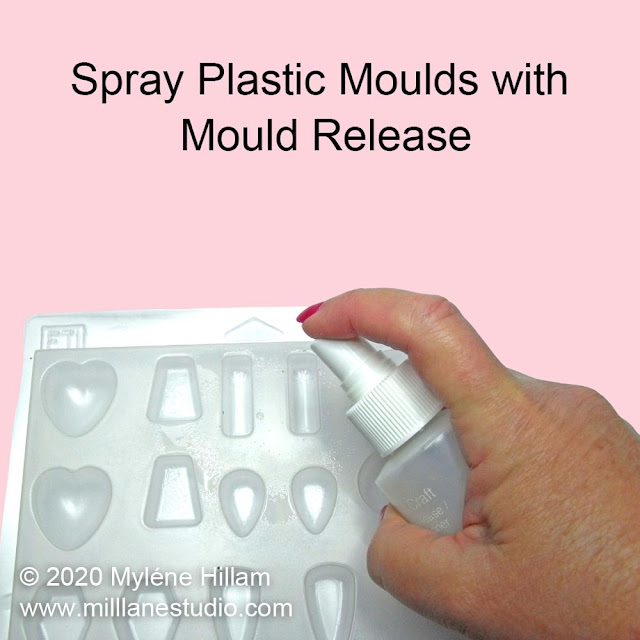
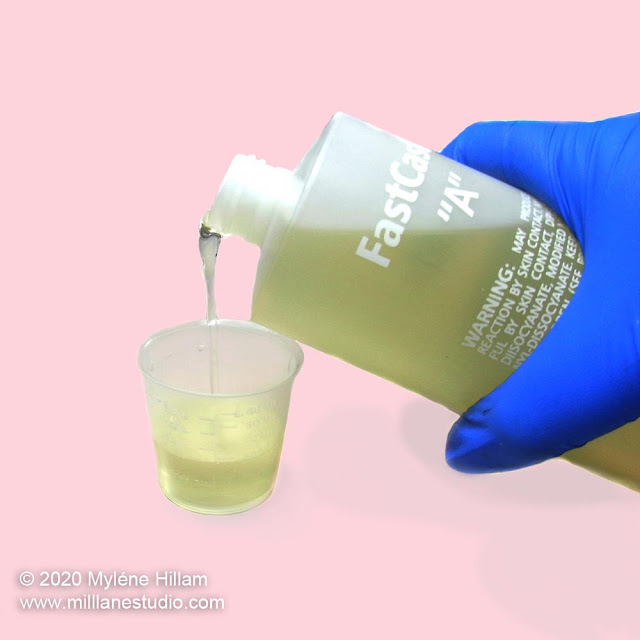
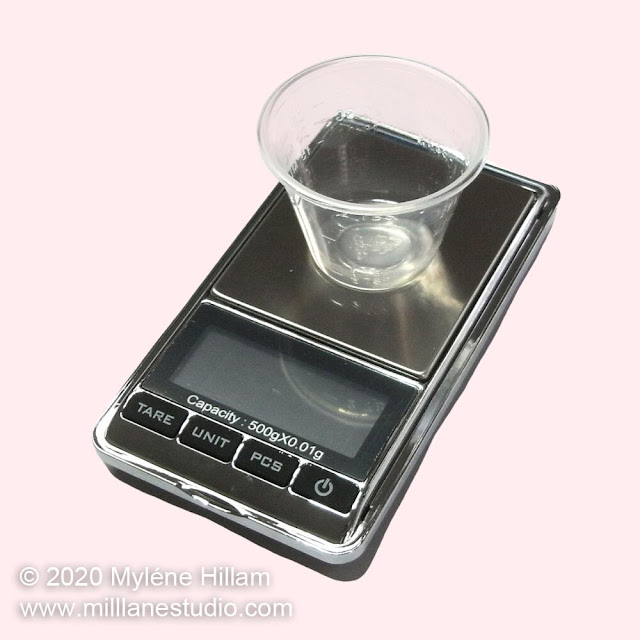
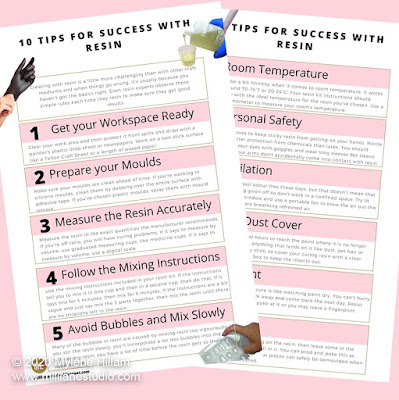

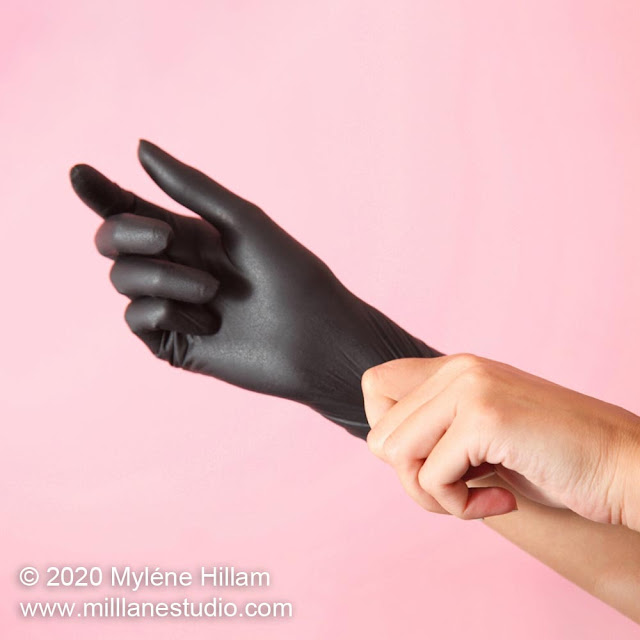
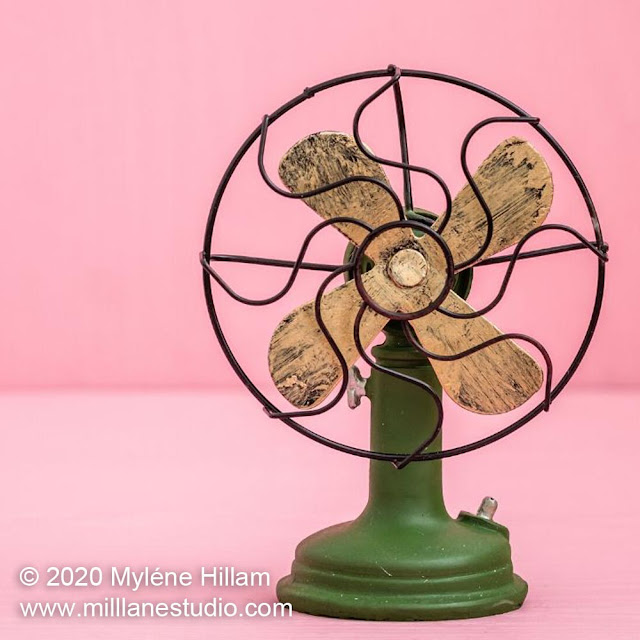


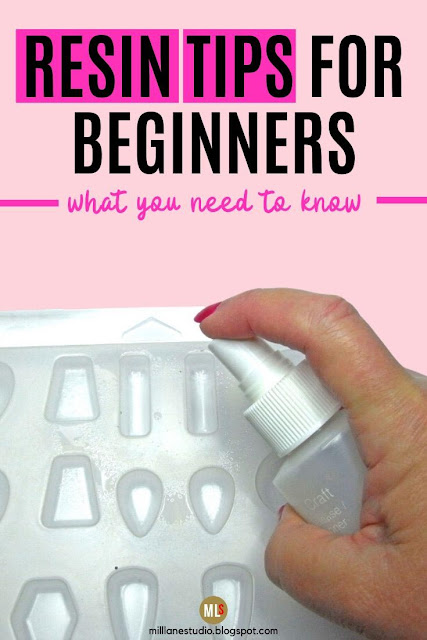

No comments
Post a Comment